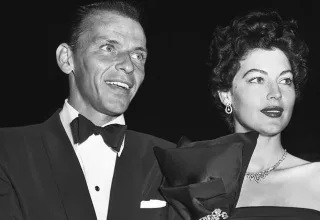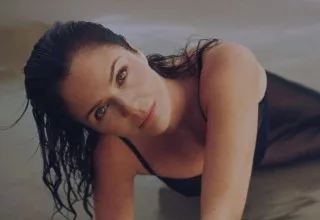Што ја прави една фотографија трогателна? Емоционалната гравитација, вели фотографскиот уредник во National Geographic, Илајџа Вокер, заедно со другите соработници и колеги. Било да е тоа личност, место, животно или нешто друго кое ги разбудува емоциите во спектаторот.

This photo was originally published in “Pictures Capture Daily Battle Against Zika Mosquitoes,” in February 2016.

This photo was originally published in “What Happens to the U.S. Midwest When the Water’s Gone?,” in August 2016.
Вокер вели дека често може да забележи емоционален ударен момент на фотографијата од прв поглед, било да е тоа радост, гнев, тага, изненадување или стравопочит. Најчесто фотографии кои будат најмоќни емоции се оние со луѓе, но тоа не е секогаш правило. Мртва зебра во кадар, на пример, ја евоцира бескомпромисната суровост на животот и смртта.

This photo was originally published in “Why There’s New Hope About Ending Blindness,” in September 2016.

This photo was originally published in “What It’s Like to Live in the World’s Most Polluted City,” in April 2016.
Во продолжение погледнете ги до крај најтрогателните, поточно најемотивните фотографии за 2016 година кои ги објави National Geographic според изборот на нивните фото уредници, со изворните коментари на уредниците под фотографиите.

This photo was originally published in “One of the World’s Biggest Fisheries Is on the Verge of Collapse,” in August 2016.

This photo was originally published in “Intimate Portraits of Flint Show Frustration, Fear, Perseverance,” in February 2016.

This photo was originally published in “Why There’s New Hope About Ending Blindness,” in September 2016.

This photo was originally published in “Inside the Private Lives of Orangutans,” in December 2016.

This photo was originally published in “The New Europeans,” in October 2016.

This photo was originally published in “Vultures Are Revolting. Here’s Why We Need to Save Them.” in January 2016.

This photo was originally published in “When Death Doesn’t Mean Goodbye,” in March 2016.

This photo was originally published in “Pictures Reveal Hurricane Matthew’s Destruction in Haiti,” in October 2016.

This photo was originally published in “Can the Selfie Generation Unplug and Get Into Parks?” in October 2016.

This photo was originally published in “Surviving the Fall of Isis,” in October 2016.

This photo was originally published in “How the Parks of Tomorrow Will Be Different,” in December 2016.

This photo was originally published in “Orlando Strong: A Community United After Massacre,” in June 2016.

This photo was originally published in “The Blob That Cooked the Pacific,” in September 2016.

This photo was originally published in “Meet the Native Americans on the Front Lines of a Historic Protest,” in September 2016.













